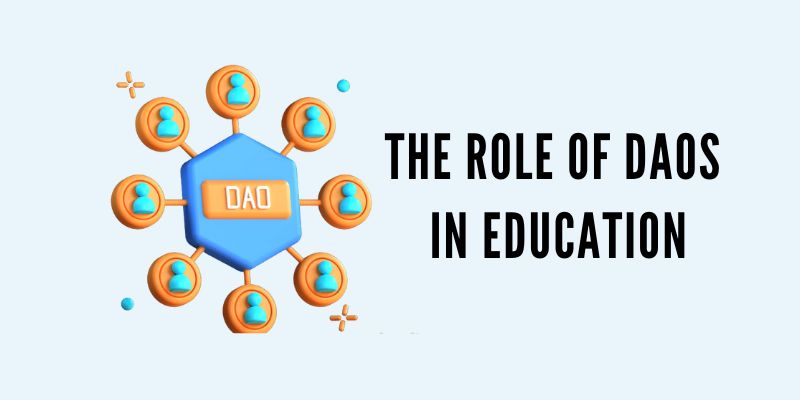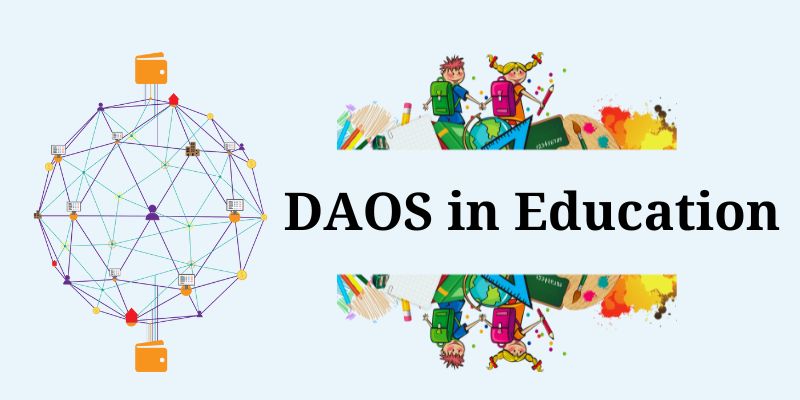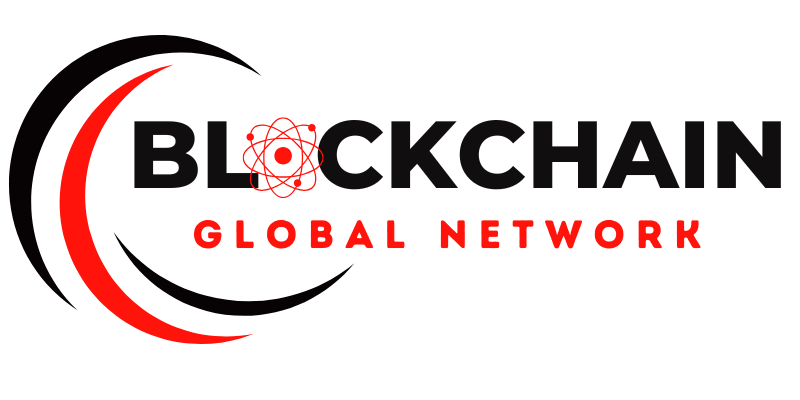The Role of DAOs in Education
The role of DAOs in education is transforming learning by empowering students, teachers, and communities to actively participate in shaping the learning experience. No longer is education a one-size-fits-all model. DAOs allow students to propose and implement ideas for what they want to learn and how they want to learn it. This shift leads to a more personalized and engaging education.
A DAO is an organization where everyone has a voice, and decisions are made collectively. In the context of education, this means students, teachers, and even parents can weigh in on key decisions, such as what materials should be used or how the curriculum should be structured. It’s a move toward an educational environment that encourages collaboration and inclusivity, ensuring that everyone is part of the process.

Decentralization: A New Paradigm for Learning Institutions
Traditional educational institutions often have centralized decision-making, where a small group of administrators or boards control all major decisions. The role of DAOs in education flips this model on its head, distributing power to ensure that decisions are made collectively, and everyone has a say in how schools are run.
Blockchain technology underpins these systems, providing a transparent and immutable record of decisions and financial transactions. This means that every vote and every action can be tracked, ensuring that the process is fair and transparent. The added benefit of blockchain is that records such as grades and achievements are securely stored and can follow students throughout their lives, offering a more reliable and lasting record of their learning.
In addition to decentralizing governance, DAOs also open up new avenues for funding education. Through collective contributions, DAOs allow schools and educational projects to secure resources directly from the community, rather than relying on traditional funding channels bogged down by bureaucracy.
DAOs also support the creation of open-source educational tools and content, enabling educators and students to develop and share learning materials freely, without interference from corporate interests.
Expanding Access and Equity Through Blockchain
One of the most significant advantages of the role of DAOs in education is their ability to create equitable access to learning. Blockchain technology allows for the secure and transparent tracking of achievements, which can lead to blockchain-based certifications. These digital certificates are tamper-proof, ensuring that students’ accomplishments are recognized globally, regardless of their geographic location or financial situation.
DAOs also enable decentralized funding for educational initiatives, such as scholarships and grants. This allows for more equal access to learning opportunities, especially for students in underfunded areas. Through smart contracts, DAOs ensure that funds are distributed fairly, based on merit and need, eliminating the inefficiencies of traditional funding systems.
Governing the Future: Empowering Students and Teachers
In a DAO-powered classroom, both students and teachers play a role in decision-making. Participatory decision-making, where students contribute ideas on what they want to learn or how they want to engage with the material, is a hallmark of DAOs. This model helps create a sense of ownership and accountability among students, leading to increased motivation and better learning outcomes.
DAOs also introduce token-based rewards to incentivize learning. Students earn digital tokens for academic achievements or contributions to class discussions. These tokens can be used for rewards, such as extra study sessions, the ability to choose future projects, or even special privileges in the classroom. This gamified approach to learning keeps students engaged and reinforces the connection between effort and achievement.
Teachers also benefit from DAOs as they have the freedom to select what works best for their students. They are not bound by top-down mandates but can adapt and customize their teaching based on the needs of the class, further fostering a student-centered environment.

Building the Learning Networks of Tomorrow
The role of DAOs in education promotes peer-to-peer learning, where students can share knowledge and resources in a decentralized network. This model breaks down traditional hierarchies and allows students to take on leadership roles. In a DAO environment, learning is collaborative, and students work together to solve problems, share knowledge, and support each other’s growth.
Through these networks, students can access learning resources and support from a global community, breaking down the barriers created by geographical and economic limitations. This creates a truly inclusive educational experience where everyone can contribute and benefit.
Furthermore, DAOs are preparing students for the challenges of the future. With an emphasis on real-world skills such as coding, problem-solving, and collaboration, students are equipped to tackle global issues, from climate change to social inequality. The decentralized nature of DAOs ensures that educational systems are adaptable, flexible, and ready for the rapidly changing world.
The role of DAOs in education is truly transformative. By decentralizing decision-making, creating transparent and secure records, and enabling equitable access to educational opportunities, DAOs are reshaping the educational landscape. This innovative model empowers students and teachers alike, fostering a learning environment where everyone has a voice and can actively contribute to their educational journey.
DAOs are not just about technology—they’re about creating a fairer, more inclusive, and adaptive educational system. They offer new opportunities for personalizing learning, incentivizing hard work, and collaborating across borders to solve the world’s most pressing challenges. The future of education is being built today, and it is powered by DAOs.
Follow Blockchain Global Network for more infomation!

RELATED POSTS
dGEN1 Airdrop: Explore the opportunity to receive free Tokens
Discover the dGEN1 Airdrop, an...
What is the Swell Airdrop? Detailed guide to participation
The Swell Airdrop is an...
Distributed Ledger Technology vs Blockchain – A Comparative Analysis
Have you ever wondered about...
Rings Protocol Airdrop: How to Maximize Your Chances for Sonic Gems
Rings Protocol, a yield-bearing stablecoin...
Zircuit Airdrop – Breakthrough Potential for Early Investors!
Zircuit Airdrop is not just...
What is Retroactive? Key benefits and selection criteria
Retroactive is emerging as an...
Staying Ahead: Essential Crypto Market News Updates
Sự biến động không ngừng...
Top 3 Secrets behind Bitcoin Peak that you must know
The rise and fall of...
Blockchain in Education: Unlocking Cost-Saving Strategies for Students and Institutions
Educational cost reduction in schools...
How does Robinhood work? The Gateway to Blockchain
In today’s rapidly evolving financial...
Chirp Airdrop: A chance to receive CHIRP Tokens and Egg NFTs
Chirp Airdrop presents an exciting...
Polymarket airdrop – Smart investment for the Web3 generation
With the Polymarket airdrop, users...
Impact of martial law in South Korea on the financial market
On December 3, 2024, South...
U2U Gate listing event: A new opportunity for investors
The U2U Gate Listing event...
What are the best crypto wallets?
Wondering what are the best...
Guide to Hunting the Ithaca Airdrop – From Testnet to Success
From the initial steps on...